Successfully spearing a snapper requires a combination of strategy, patience and time in the water. Even with everything in your favour, there’s no guarantee you’ll nail one. Gun spearo Luke Potts puts the odds back in your favour with these hard-won spearing, er, tips.
In my underwater travels around Australia, New Zealand and the Pacific, I’ve found the best snapper hunting grounds are coastlines and semi- or fully submerged reefs. Favourite parking spots for big reds are rocky walls or outcrops with deep exits nearby. The exits often appear as kelp beds that flatten out and slope away. If you’re lucky, the fish will be sitting motionless in a gut or crevice several metres from the surface. A neat duck dive may be all that’s required to get a shot away. To maximise your chances on coastal dives, avoid working ground that others have been over on the same day.
REEF RAIDING
When I’m diving an inshore island or reef, I prefer the ocean side, as the water tends to be deeper and the terrain more rugged (keeping in mind snapper use this route for their exit strategy). It pays to study the topography beforehand, knowing where the deep water actually is. Juvenile fish are typically found on the interior terrain, which is sandier and shallower, without big dropoffs. This is not a hard and fast rule, just an observation over many dives.
When diving a reef, position yourself on the pressure point at the frontal edge. Feeding time is often the second half of the incoming tide and stealth is the key. Don’t swim out into the current and over the reef, as this will spook the fish (see diagram) and all you’ll hear is the thumping sound of the tail as the snapper pulses away. The good news is you’re in snapper territory — the bad news is you probably won’t see that fish again that day. Over time, you’ll get an idea what areas work and what don’t. Remember, all hunting is subjective — so do what works for you. Here are a few snapper techniques that have worked well for me.
SNAPPER SNOOPING
Snapper snooping is a great technique for shallow coastal diving. This tactic doesn’t require a long breath hold but it can work to your advantage because you’re covering ground horizontally, checking over ledges while descending. Snooping involves a nice quiet duck dive well back from the ledge so any fish under it won’t see or hear you — and proactively equalising to minimise any chance of sinus squeal. I’ll be weighted slightly heavier than usual to make it easier to move along the shallow structure, my gun will be tucked by my side and I’ll often grab kelp stalks or rock structure to pull myself along. When I reach the ledge, I’ll hold on to the bottom and peer over it to scan the gut or bottom terrain.
Ledges with overhangs can have snapper tucked underneath, so discretion is important. The gut is also a popular haunt. If I spot a fish, I’ll retract slightly, move my trigger hand down to the speargun handle and push the gun out over the edge, remaining calm before I take the shot. Sometimes, if the fish is out of range, I’ll extend the gun out then push off the reef toward the fish, closing the distance before taking the shot. Nail your holding shot because an interception shot is rare on snapper.
GROUND BAITING
Ground baiting uses the snooping strategy, but with a fish attractant. Sea urchins crushed with a rock make good burley — if they’re in the area you’re fishing, even better. I prefer to spot a fish before I grind bait and it pays to set several burley trails to maximise your chances.
Remember where your burley is set then move away from it. You can also use a drop weight, float and float line to mark the general approach to the burley area, but be sure not to drop right on it. A common downfall of most new divers is “haunting the burley”. This is when divers hang around, repeatedly checking the burley area in anticipation of a fish. Snapper are cunning and if they suspect something is out of the ordinary or a potential predator is nearby, they will not move in. Leave the area and set more burley elsewhere or target another species for at least 20 minutes before returning. To spear a snapper using the ground baiting technique, remain calm and keep all movement, including head turning, to a minimum.
SIX SNEAKY SNAPPER TIPS
01 FIGHTING TIPS
Let’s assume you’ve nailed a big one. Compared to kingfish, snapper are fairly easy to control, but they do pack a punch for their size and larger fish can have a fair amount of stamina. Snapper fight in circles and are generally best held above structure until they begin to weaken. Then they can be landed. Snapper are also prone to getting tangled in the kelp, which can work to your advantage. I recommend getting a hand into the gills and securing it properly before it’s iki-killed (iki jime is a Japanese killing method in which the back part of the brain is spiked, causing blood to retract into the gut cavity, thereby helping preserve the flesh).
02 SPAWN SEASON
During spawning, with the season peaking around December–January, snapper move into shallower coastal waters. On rare occasions, usually at night, snapper can be seen in a vortex on the surface, the females releasing their eggs as the males release their sperm, fertilising the eggs in the upper water column. Ground baiting and snooping the shallows are good techniques to employ during these seasons.
03 BIG DOZERS
Often, big snapper will come into very shallow water on their lonesome. Guts and cracks in the reef are some of their favourite hideouts, where they hover motionless, appearing to sleep. I target these big dozers using the snooping technique.
04 AMBUSH
Snapper are known to investigate new and interesting things, so a wellcamouflaged diver in kelp can create the perfect ambush. This diving method is known as bottom timing, and can present you with the perfect shot opportunity. However, it requires a good breath hold and plenty of patience.
05 TRUE COLOURS
In deep water, big snapper don’t resemble the fish you see on glossy magazine covers. Deep in a gut, they appear to be darkpurple in colour, blending into the shadows and kelp. That’s because red is the first colour to filter out of water at depth (about 20ft). You won’t see the light-blue spots, either — they disappear as snapper mature. A good tip is to look for the tail or pectoral fins. They have a clear or white appearance and reflect light. Learning how to see fish from a distance, especially in hazy water, will greatly improve your snapper success.
06 SHARK MATE
A solo snapper is typically rat cunning, but among other marine animals they will let their guard down. In some areas, I do well approaching snapper around sharks, rays or even other schools of fish.
For more information check out Luke’s tutorial series here aquaticrehabspearfishing.co.nz

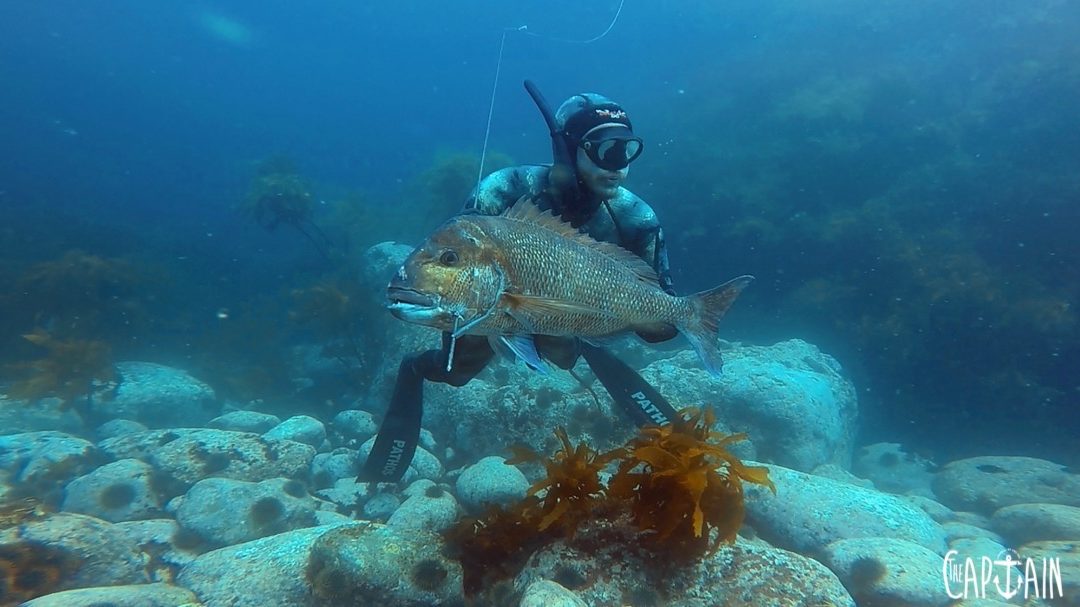
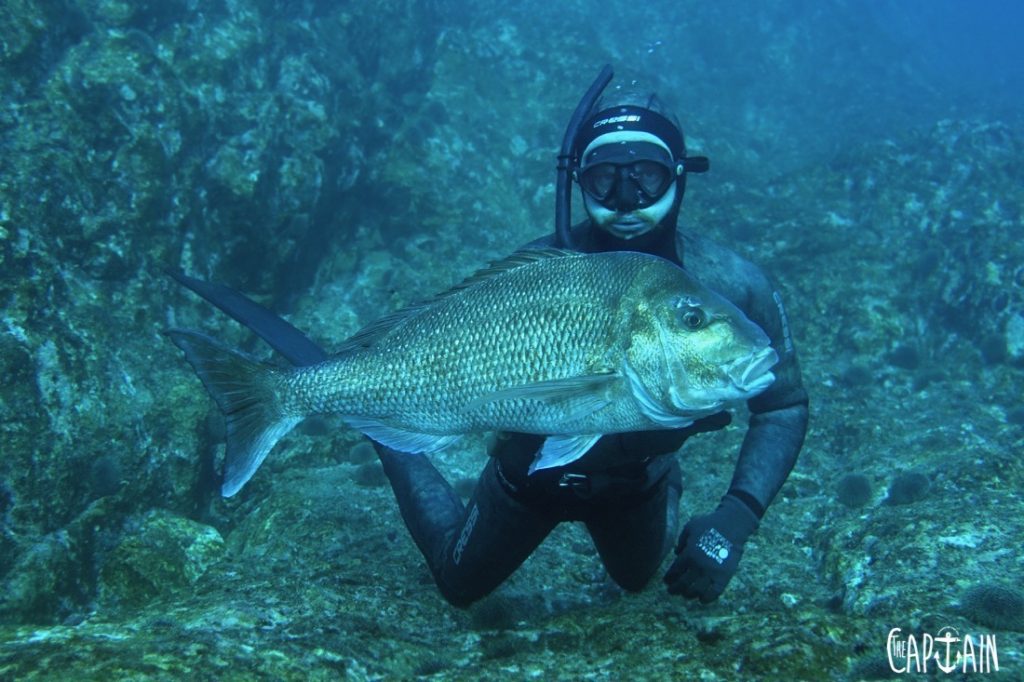
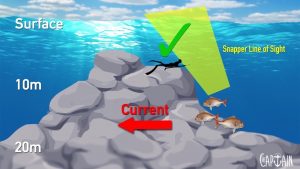
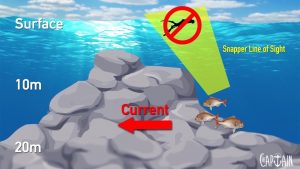
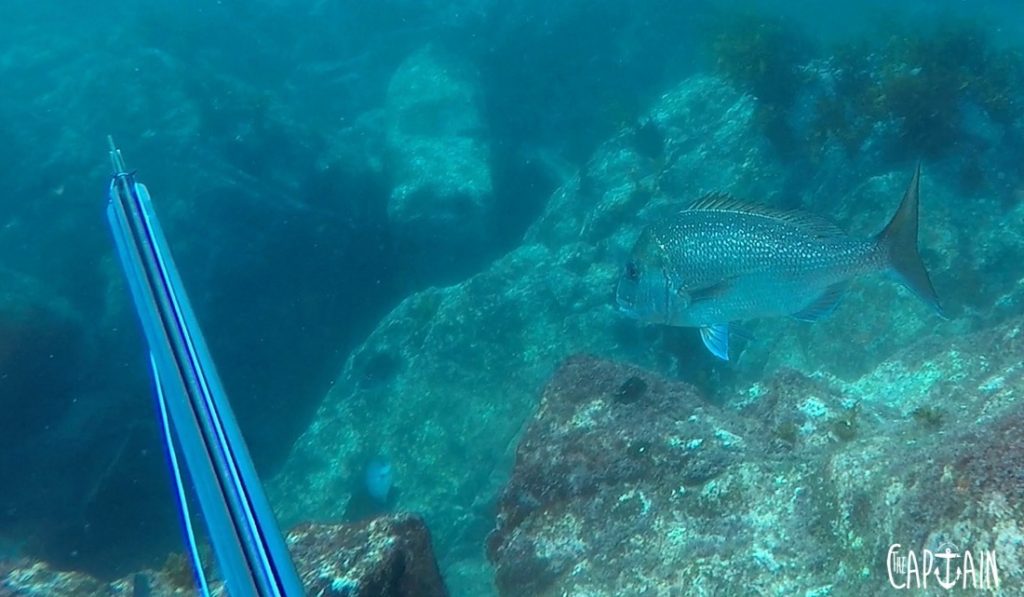
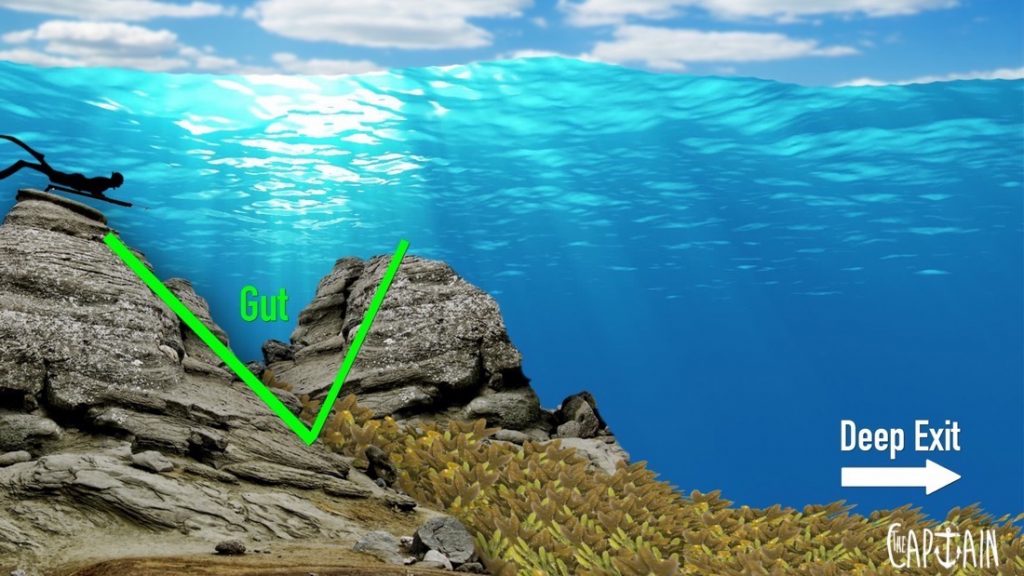
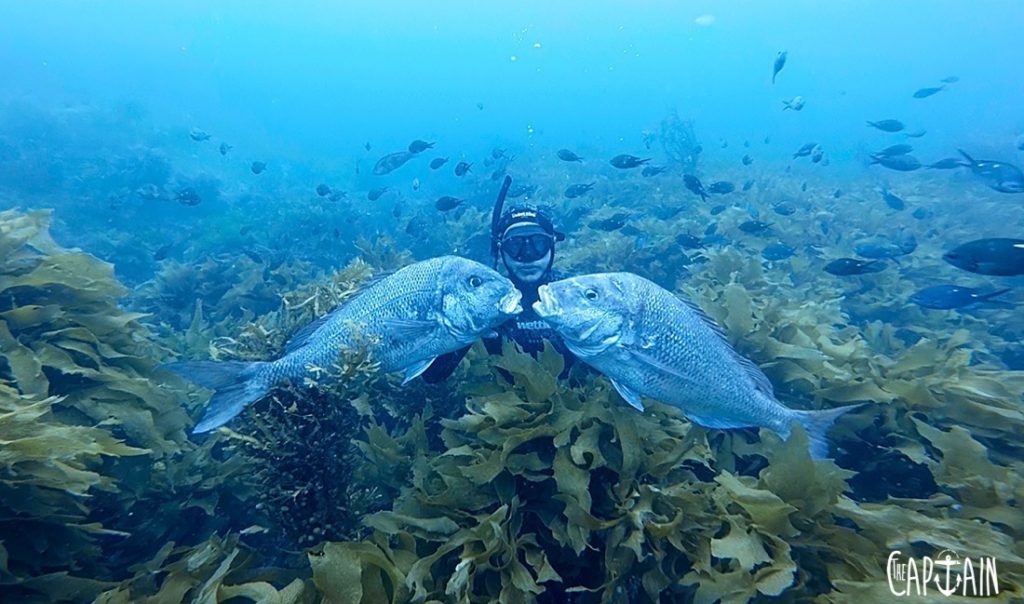
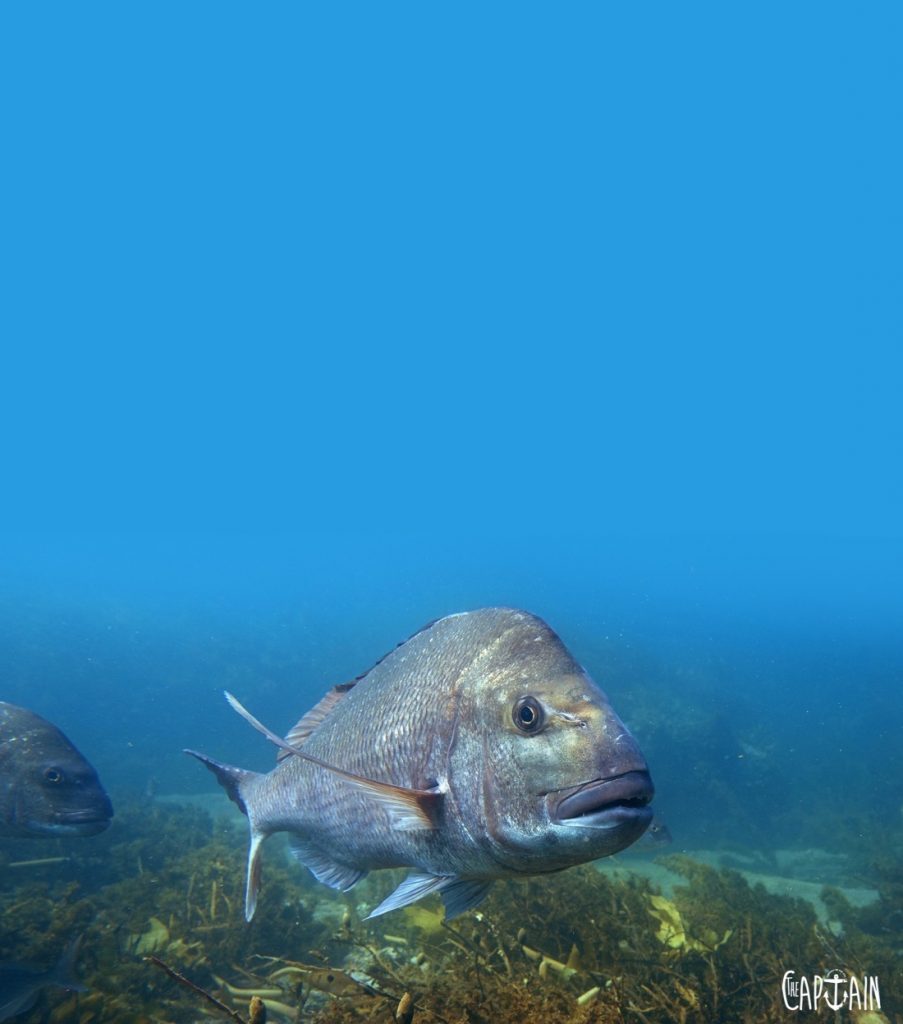
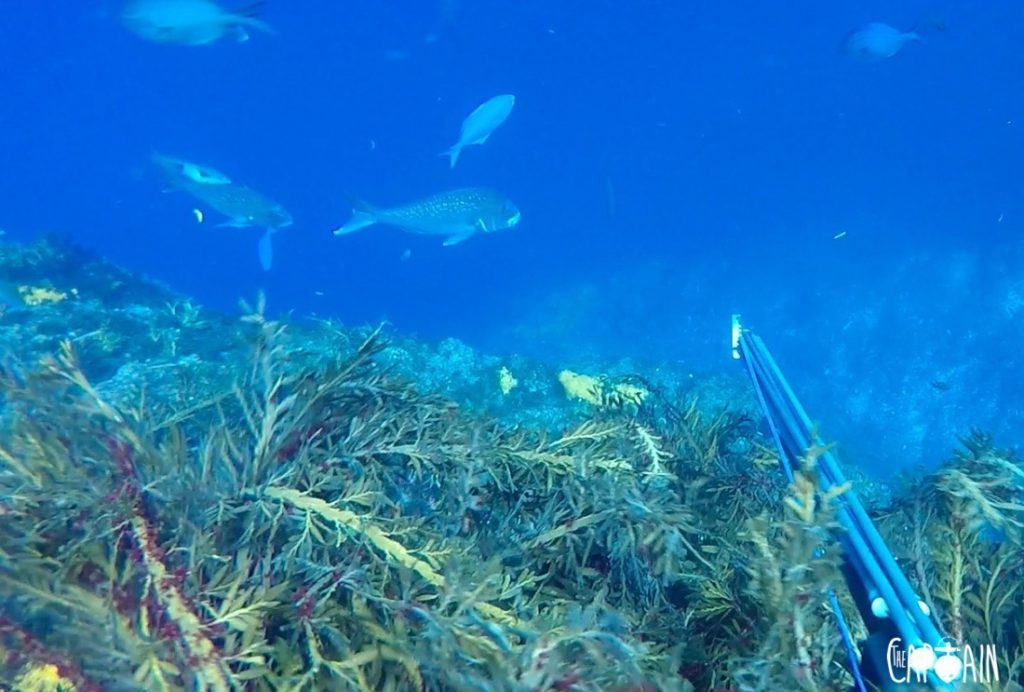
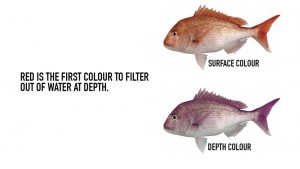
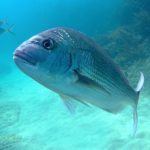
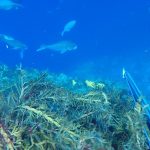
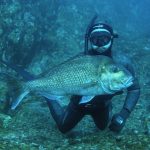
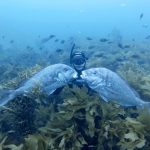
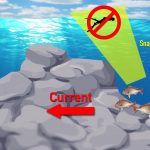
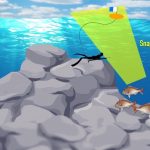
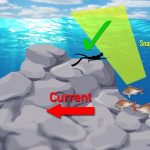
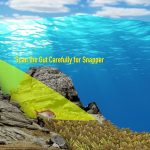
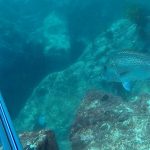
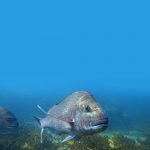
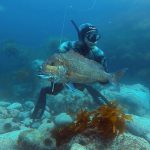
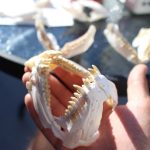
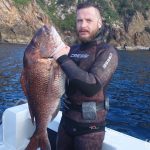
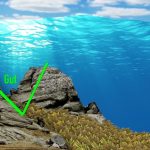
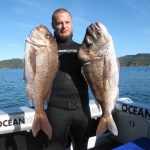
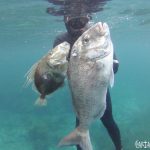
Recent Comments